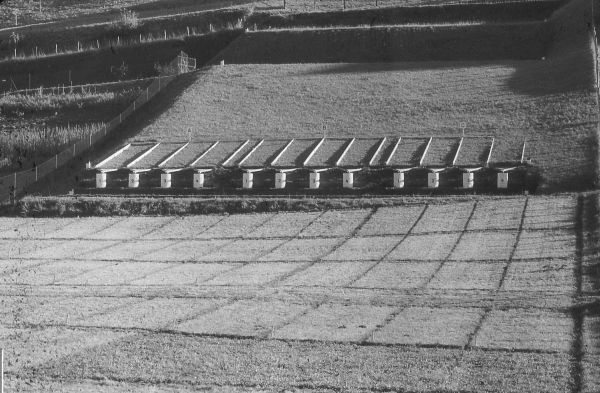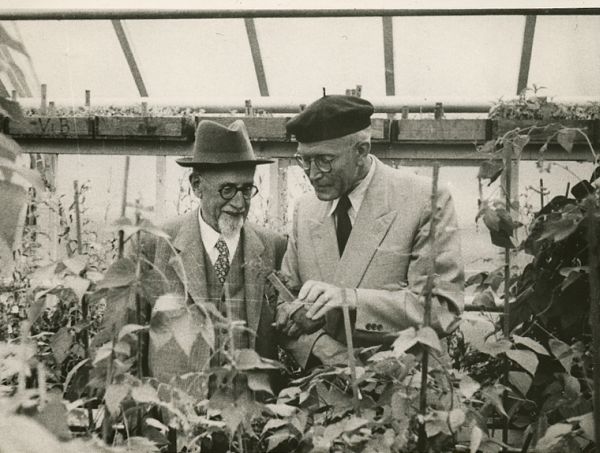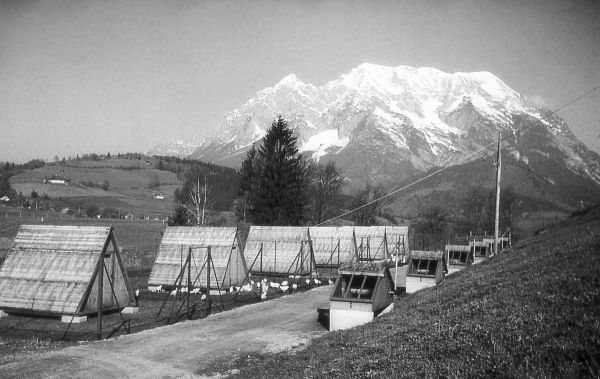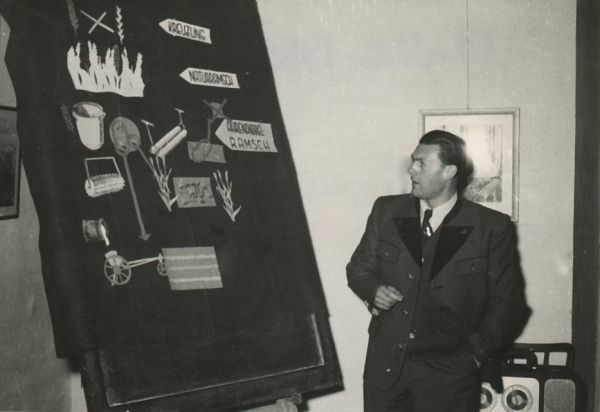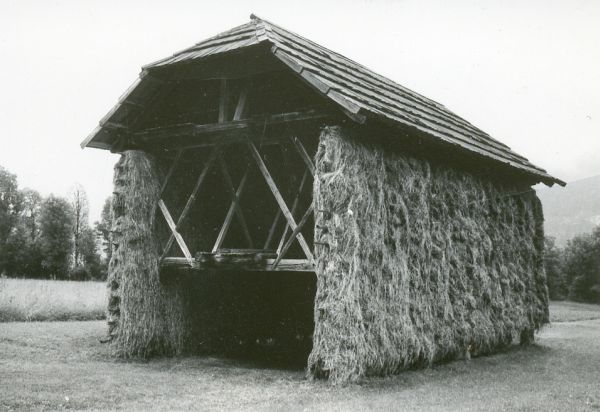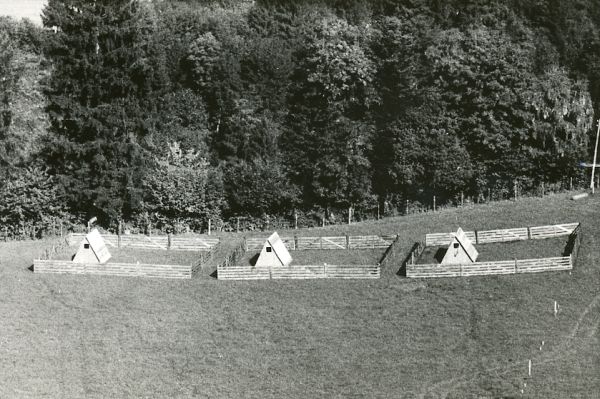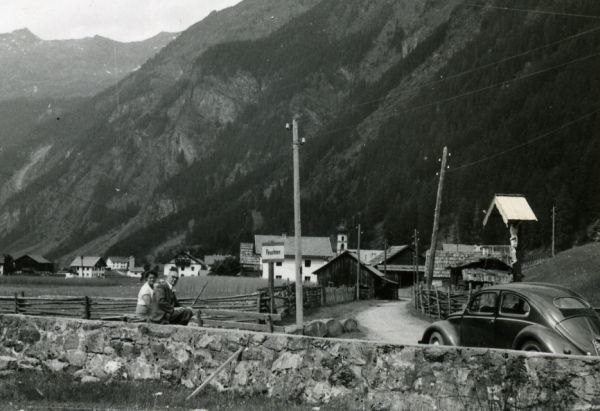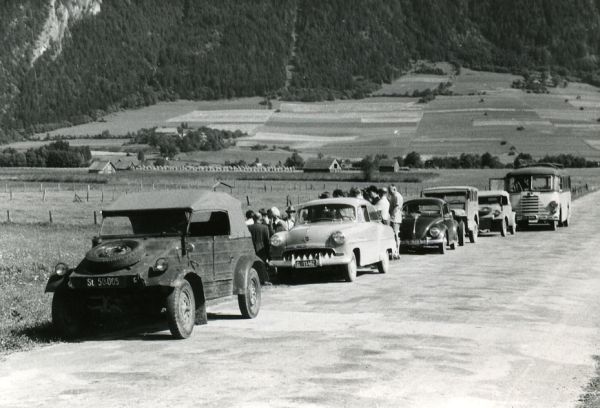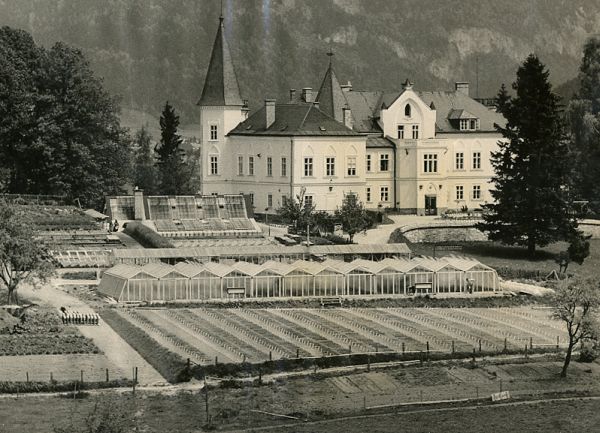
In 1953, the Gumpenstein property with the castle and the farm and ancillary buildings was acquired by the Republic of Austria in order to enable the research operations to be gradually relocated to Irdning. On November 24, 1956, the Gumpenstein Federal Institute and at the same time the HBLA Raumberg were ceremoniously opened as part of a large ceremony. However, the roots of what is now the “Roomberg-Gumpenstein Higher Federal Teaching and Research Institute” go back to the previous century. As early as 1889, an alpine experimental garden on the Sandlingalm near Bad Aussee was used as an “alpine farming experimental station” of the kk Seed Control Station in Vienna operated. From 1909 onwards, agricultural experiments were carried out at a "pasture experimental station" at Karglgut near Bad Mitterndorf. As early as 1904, the branch for moorland management was set up in Admont of the agricultural chemical experimental station in Vienna. In 1939, the staff of the moorland economy was transferred to the newly founded The HBLFA Raumberg-Gumpenstein still maintains an important branch at the Admont site. The tasks of the HBLFA Raumberg-Gumpenstein have changed considerably over time To improve the animal sector, questions about the protection and preservation of our natural resources are in the foreground today, such as climate change, the cultural landscape, soil protection, biodiversity, organic farming, animal health, animal welfare and the quality of the The agricultural products produced today determine the research content. Thanks to the gradual opening of the HBLFA in recent years, the knowledge gained can be passed on quickly and efficiently to the different target groups. What is very important, however, is that the feedback flows directly into new national and increasingly international research projects. This ensures that HBLFA 's research is always up to date. Over all these years, the primary goal of the HBLFA Raumberg-Gumpenstein has been to use research projects to address important questions in Austrian agriculture in order to be the first point of contact for teaching, advice and research for practicing farmers.
